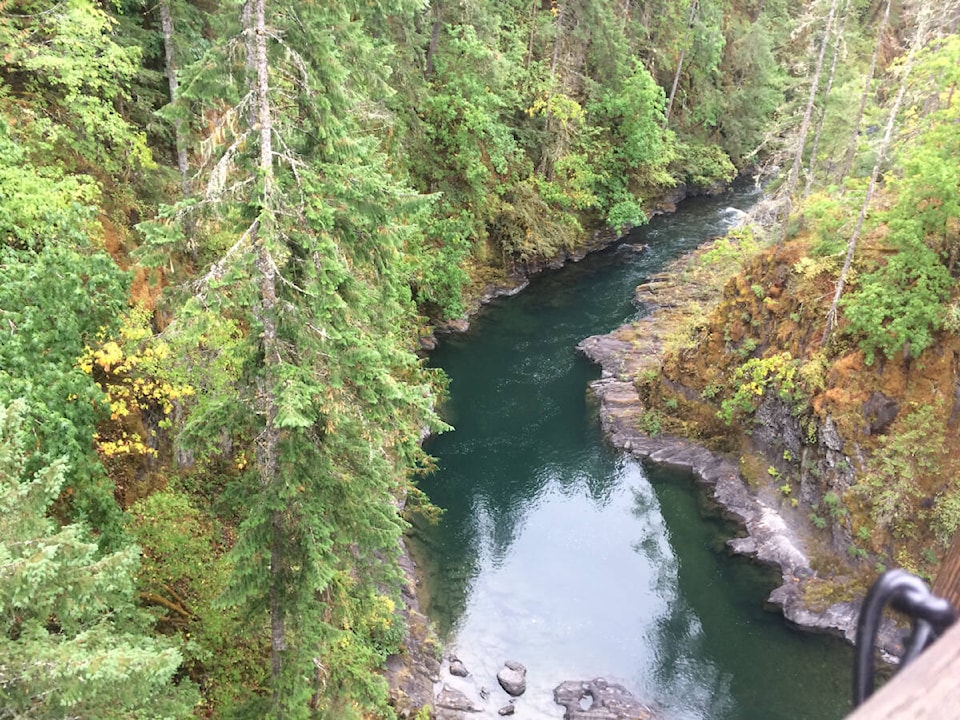We humans are an arrogant species. We think we can change the world to suit us, with impunity.
But there is no impunity.
Our actions have had catastrophic consequences on our collective home.
Last week, the heads of the United Nations biodiversity office warned that the relationship between people and nature is damaged and that it is resulting in enormous biodiversity loss. Consider that more than a million species worldwide are threatened with extinction.
And that’s not just in the far-off Amazon rainforest (which is indeed being destroyed at a terrifying rate), but also in our own forests and fields in Canada.
How many marshes have we filled in and plopped housing and commercial developments on? Look no further than Duncan, the dikes and the mutable borders of the Somenos Marsh.
How many forests have we cut down and how much underground have we fracked?
From caribou to owls, marmots to otters to orcas, Canada, too, has a shameful list of species we have driven to the brink with our hubris and disinterest.
Too often nature is pitted against the potential monetary enrichment of a few under the guise of needing to supposedly provide jobs for the rank and file. Nature almost always loses.
Not only does biodiversity loss make climate change worse, there is an inherent injury to all of us when something that was here is gone forever. And not just for whatever service it might have provided us in the future like the key to a cancer treatment, or regenerating our damaged ecosystems.
Here in B.C. and in Cowichan, we often take our beautiful wild spaces for granted. But we wonder if, in the future, people will be limited to going to the tree museum (thank you Joni Mitchell) of Cathedral Grove to see what our forests once looked like.
It’s a question particularly worth ruminating on right now as the community is facing an important choice about our own wild woods.
There’s more to a forest than just trees, and we hope that North Cowichan’s council will carefully consider that fact when they decide in the coming months on the future of the municipal forest. Councillors must decide whether logging will resume, stripping portions of the landscape — and notably all that grows with and lives among the trees — or whether new streams of revenue from the forest, along with its preservation, will take precedence.
One thing is clear: we can’t just keep trying to save the Amazon and ignore our own backyard.
